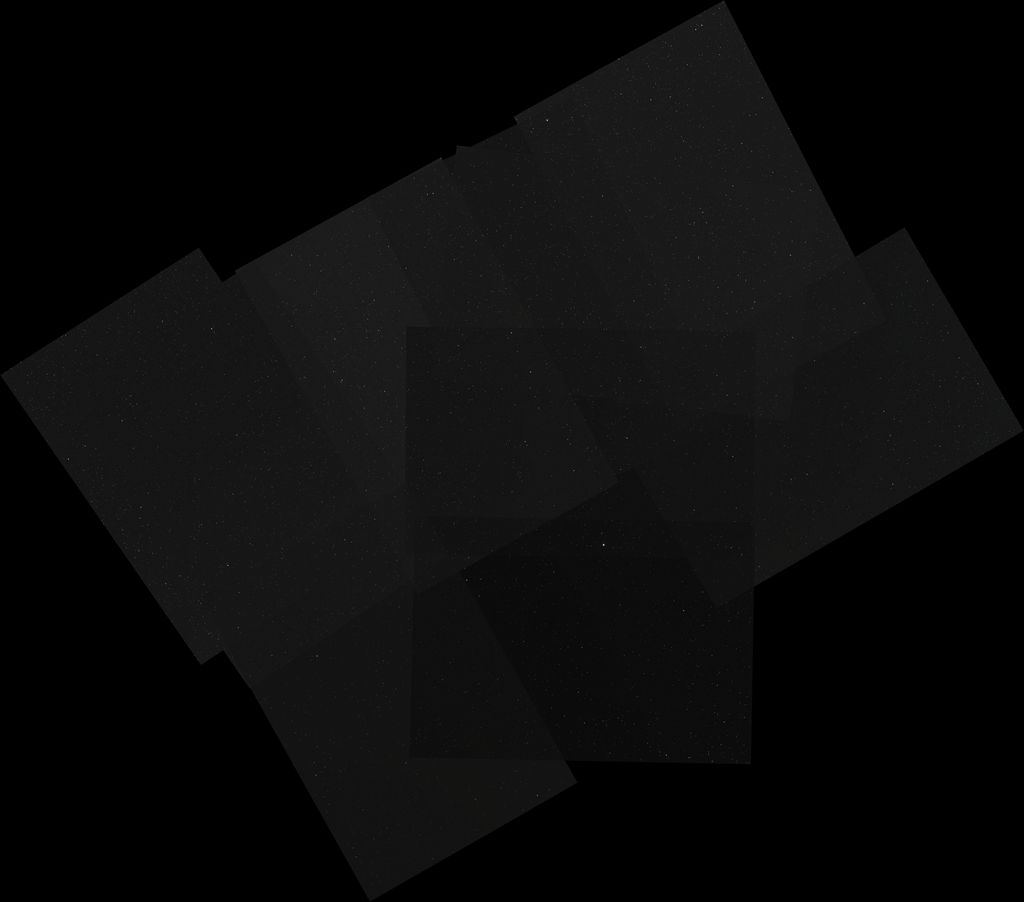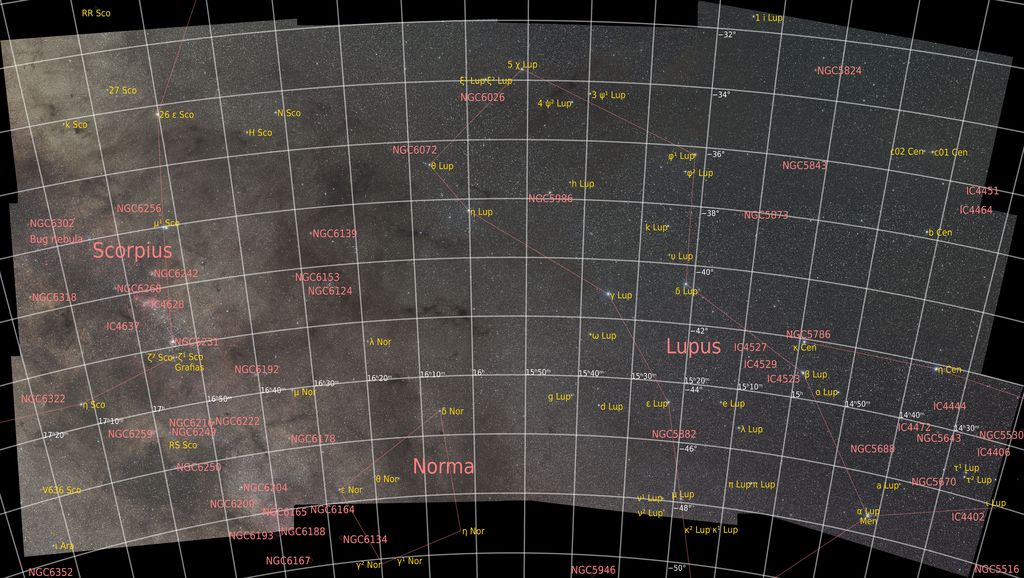It is coming up to the end of the test lunation, so I thought I would try to summarize where we are up to.
Three positives. 1) Despite a relatively small number of observers (and terrible weather conditions for most), we have extensively tested the observing and linear processing pipeline based on a 9 x 6 deg field with 7.5 x 5 deg field centres with just under 1% of the survey fields.
2) The field centre distribution, observing and linear-processing pipeline appear robust. The booking form works well.
3) Stitching of data at the 4-6 field level [200 sq deg or less] has been achieved [including with data from different users], but PI fails or is too cumbersome for larger mosaics.
@James Tickner is making good progress on an alternative software solution for the stitching. Stitching appears to work best with SPCC only [ie no ABE, BXT, NXT] applied to the output data from WBPP. Note also that, due to computational issues I did resample to 10arcse/px during the MosaicByCoordinates process]
Outstanding issues [for constructive debate]
1) Although data has been successfully shared, the use of DropBox has proved to be problematic for some. We need to settle on a solution workable for all. [I have paid for an annual subscription to DropBox, so it would be good to use it if we can, but I don't want to force a time-consuming solution on others.]. We although need to settle on an agreed naming convention for uploaded data.
I propose Fxxxx i.e F0001 - F1120.xisf for the auto-cropped linear output image from the WBPP as per the processing pipeline. And that's it. Once the pipeline is going and many fields are coming in, I don't think we will be to cope with anything more complex. And certainly not more than one image per field.
2) Curation and presentation of the data. Assuming that we can generate much larger mosaics, would we still want to present data in smaller chunks [say 15 x 15 deg ] covering the sky in 200 frames or so? The smaller fields might be better to visualise the data, and highlight fainter DSO in the non-linear processing.
@James Tickner wuold it be easy to generate a larger 15 x 15 field centre grid, listed those 7.5 x 5 fields that would make up each larger field. Might be useful for regular data release?
3) When do we resample and photometrically calibrate in the process? As mentioned above, I have run SPCC on the WBPP output and then initially generating the mosaic pieces using MosaicByCoorindates, resampling to 10arcsec/px at that stage. This is primarily driven by compute time of me, as I guess we can see what James recommends using his routine. This will be a tradeoff between quality and time.
4) How do we carry out any non-linear post-processing?
My post-mosaic pipeline [run on the images above] has been BXT -> NXT -> STG (auto) -> Arcsinh [auto black, 1.25 stretch] -> HT on stars only [Black point raised by 25%, with starmask from SXT]. This is almost certainly too much, but I wanted to really push on the visibility of seams.
PersonnelI believe we have established the feasibility of the survey, but we do need the personnel.
Over 100 people have now indicated that they would be prepared to take part via the survey, but we currently have only a few active imagers. We will need additional people on stitching/QC as well, but we do need to come to a position on mosaicing pipeline first.
Good to get people's thoughts on how we can further promote the survey.
Note that the Survey Announcement thread has been very inactive. In response to a member's comment, I did ask the Astrobin moderators whether it could be pinned, but I got no response. I am not going to push this. I get the sense this is not a priority for AB at present. I think that is fair enough, as we do need to demonstrate progress and take-up first. For that reason I have not yet paid for the ABC AB account yet. A free account allows up 10 images. So, if we agree that 15 x 15 deg field releases are a good way to go, I will only need to pay for an Ultimate subscription once we have completed around 5% of the survey. And then I think we can mount a more vigorous campaign.
So at the moment, I suggest we focus on getting to the initial survey products of a few large mosaiced fields, using whatever pipeline and software we decide on. The initial fields that we could use are
Fields at -70 to -85.
North Pole
@Todd Stephens data
Scorpius [my data]
Milky Way Plane at -30 to -45
and perhaps also focus a coordinated campaign next lunation on a few fields that could make up 2 or 3 more 15 x 15deg "chunks" for promotional purposes.
What do people think?
Brian




